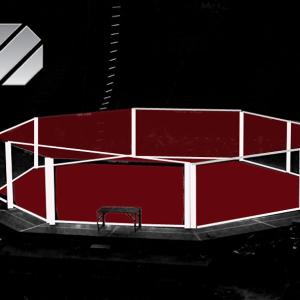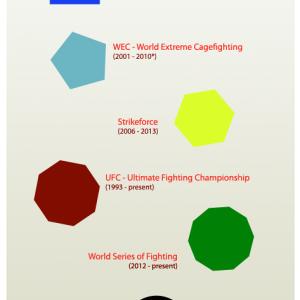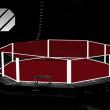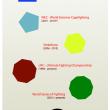Lincolnville’s Tim Boetsch, UFC 166, and the shape shifting cages of Mixed Martial Arts
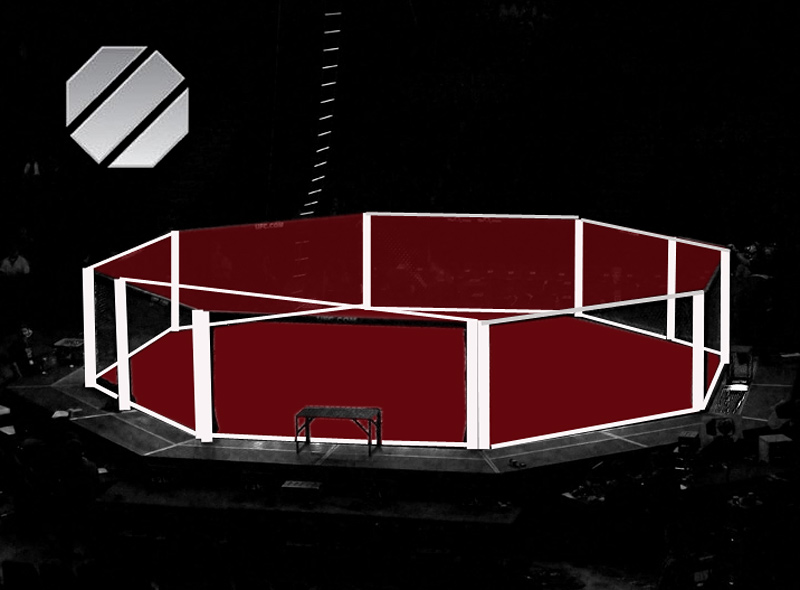 The Ultimate Fighting Championship invented the octagonal ring and later adopted the shape as a logo. Other mixed martial arts promotions have had a harder time solving the geometry of the sport. (Graphic by Ethan Andrews)
The Ultimate Fighting Championship invented the octagonal ring and later adopted the shape as a logo. Other mixed martial arts promotions have had a harder time solving the geometry of the sport. (Graphic by Ethan Andrews)
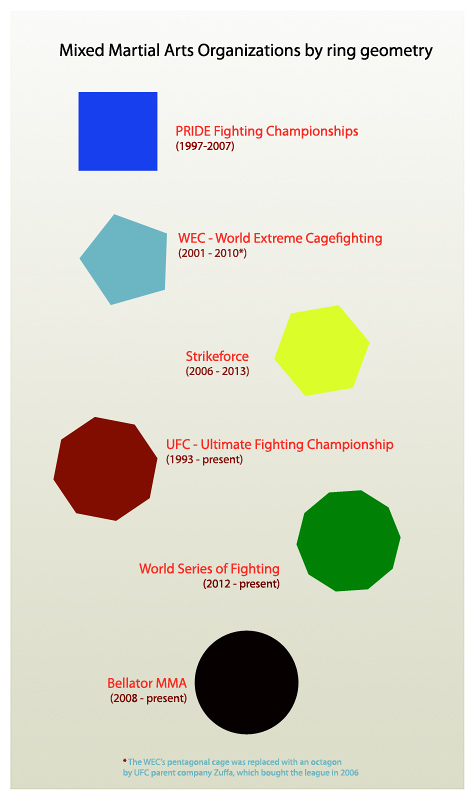 Mixed martial arts organizations by ring geometry. (Graphic by Ethan Andrews)
Mixed martial arts organizations by ring geometry. (Graphic by Ethan Andrews)
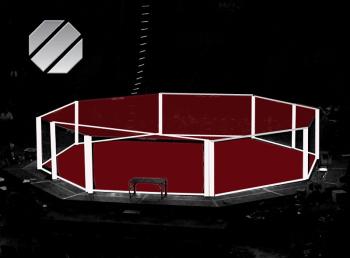 The Ultimate Fighting Championship invented the octagonal ring and later adopted the shape as a logo. Other mixed martial arts promotions have had a harder time solving the geometry of the sport. (Graphic by Ethan Andrews)
The Ultimate Fighting Championship invented the octagonal ring and later adopted the shape as a logo. Other mixed martial arts promotions have had a harder time solving the geometry of the sport. (Graphic by Ethan Andrews)
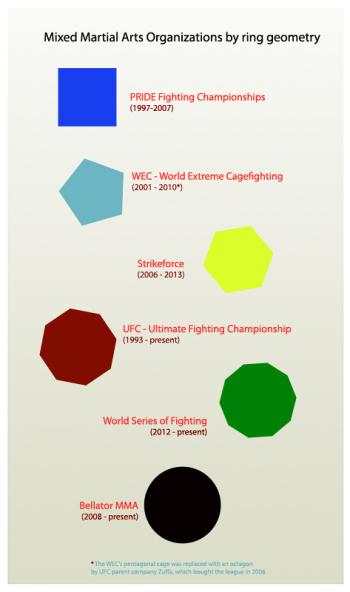 Mixed martial arts organizations by ring geometry. (Graphic by Ethan Andrews)
Mixed martial arts organizations by ring geometry. (Graphic by Ethan Andrews)
One of Maine’s most successful mixed martial arts fighters and Lincolnville native Tim Boetsch is slated to fight on Saturday, Oct. 19, at the Ultimate Fighting Championship 166 in Houston, Texas.
The man nicknamed “The Barbarian,” made his UFC debut in 2008 and employed a wrestling-based, grinding style of fighting to rack up a 16-6 record. He is currently the UFC’s number nine ranked middleweight (185 lbs).
Boetsch is a close favorite to beat unranked CB Dollaway on Saturday. Whatever the outcome, when the fighters enter the arena, it’s a safe bet that the introduction will sound something like this:
“Now making his way to The Octagon …”
Anyone familiar with mixed martial arts would recognize The Octagon. The eight-sided fighting ring was designed in 1993 for the first Ultimate Fighting Championship.
Early UFC tournaments were gimmicky and gruesome TV spectacles in which fighters of different disciplines faced off in matches with almost no rules. There wasn’t barbed wire around the edge of the cage, but it had that kind of vibe.
Twenty years later, mixed martial arts is a highly regulated sport with a growing mainstream audience. Gone are the headbutts, groin kicks, eye-gouging and other grisly attacks of the early years. The Godzilla vs. King Kong match-ups, too, have fallen by the wayside as fighters have wised up to the advantage of training in multiple disciplines.
But two elements have remained unchanged since that first bell in 1993. The UFC continues to be the preeminent organization in the sport. And mixed martial arts fights are still held inside octagonal cages. Or are they?
In the UFC, yes. But a closer look at the cages used by other MMA promotions finds the octagon so carefully avoided that it begs the question of whether the UFC might actually hold a monopoly on a shape.
From the start, the octagonal cage was probably designed to distinguish the UFC’s mash-up matches from its nearest counterpart, boxing. A few overseas organizations, most notably Pride Fighting Championships based in Japan, used boxing-style rings for MMA bouts, but the polygonal chain-link enclosure rules.
The cage-style ring is a holdover from the sport’s no-holds-barred roots, with the added advantage that fighters don't tumble out of the ring.
For the most part, one cage looks the same as the next. But only UFC fighters "step into The Octagon." The capitalization here is intentional — UFC’s parent company Zuffa holds a trademark on the term “The Octagon.” Under previous ownership, the UFC briefly held exclusive rights to the shape, but Zuffa relinquished the claim in 2001 allowing competing MMA promotions to use a cage with eight sides as long as they call it something else.
The funny thing is, mostly they haven't. A pair of organizations (Strikeforce and WEC) that once competed with, and were later bought out by the UFC, used cages with fewer than eight sides — five and six sides, respectively.
On the other side of the octagon, geometrically speaking, newer organizations Bellator and the World Series of Fighting have ironed out the creases with their own circular and decagonal cages. Whether this is an attempt to be different (A WSF announcer at a recent event made several awkward references to "The Decagon") or an extra precaution against trademark infringement, all this skirting the eights has probably only helped the UFC’s brand.
The sport of MMA is still fairly new, and it's easy to imagine ring design arriving at a universally accepted shape. Given its history, the octagon would be logical choice. But things could easily go another way.
Some fight aficionados maintain that rounder rings allow fighters to avoid being cornered, which in turn leads to uneventful bouts. Broad use of the octagon could also trigger an attempt by the UFC to reclaim the shape for its sole use.
If that happens, there’s always the heptagon, or the triangle.
For a visual tour of the anything-but-octagon approach to ring geometry in mixed martial arts, see the chart above, which includes most of the major MMA organizations of the last ten years.
Catch Tim Boetsch in the UFC 166 preliminary fights on Fox Sports 1, Saturday, Oct. 19, beginning at 8 p.m. Information on how to watch free web prelims and the pay-per-view main card at ufc.com
Contact Ethan Andrews at news@penbaypilot.com
Event Date
Address
United States

